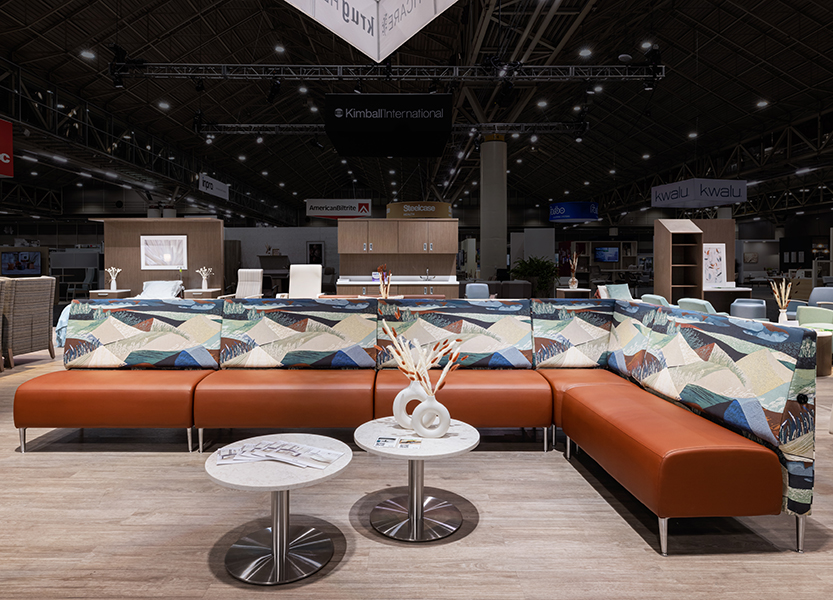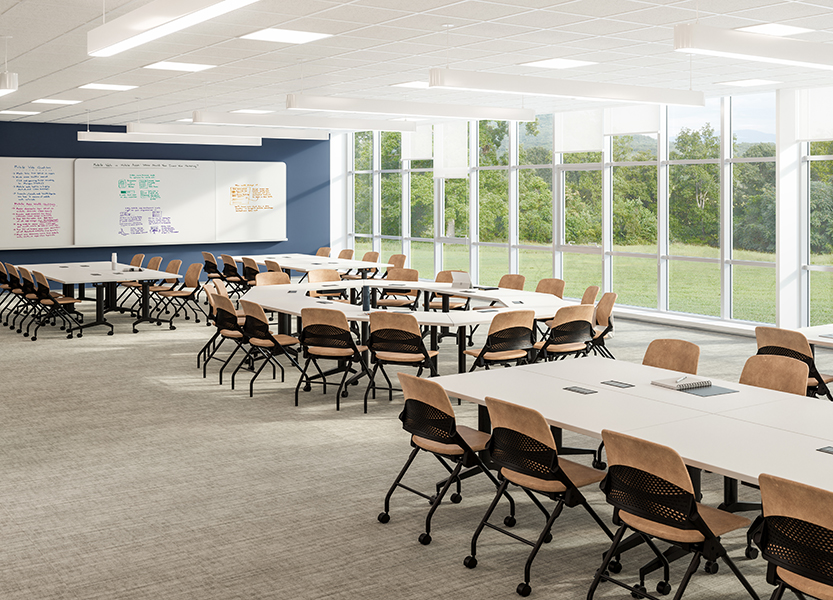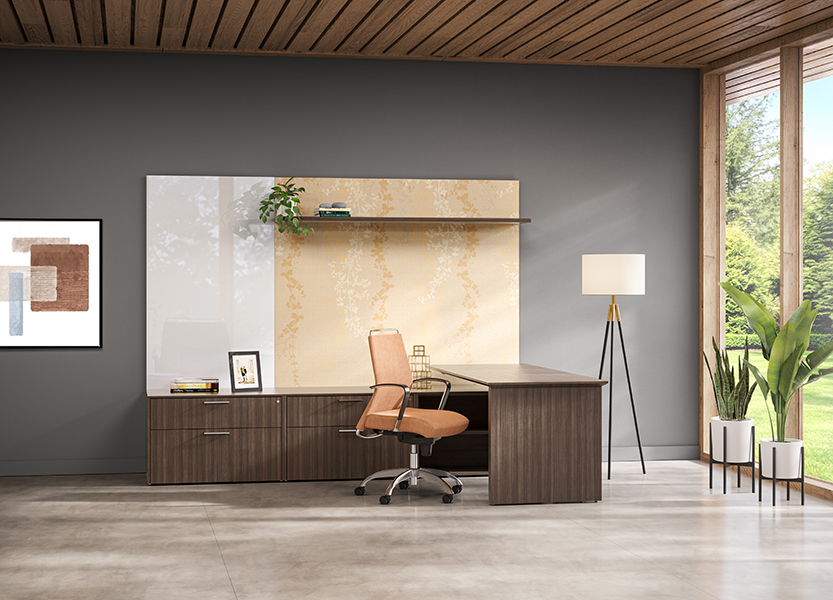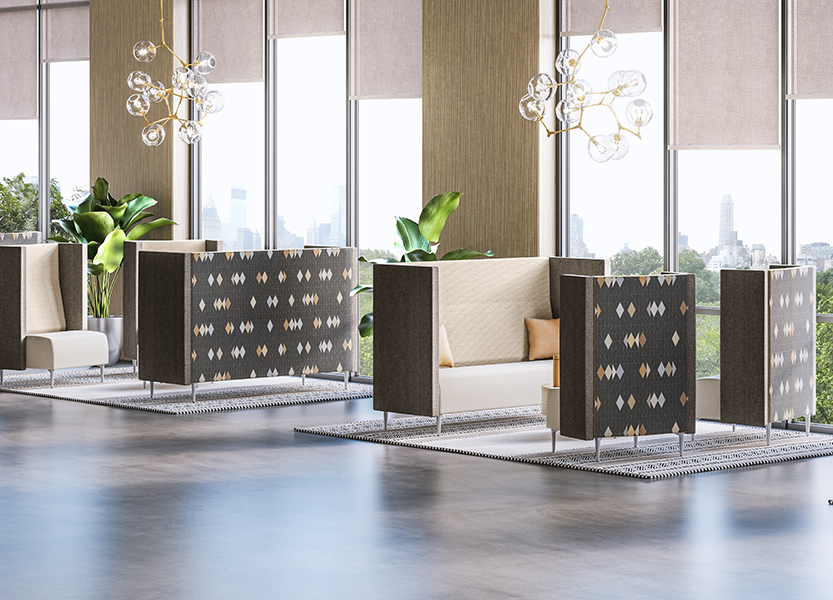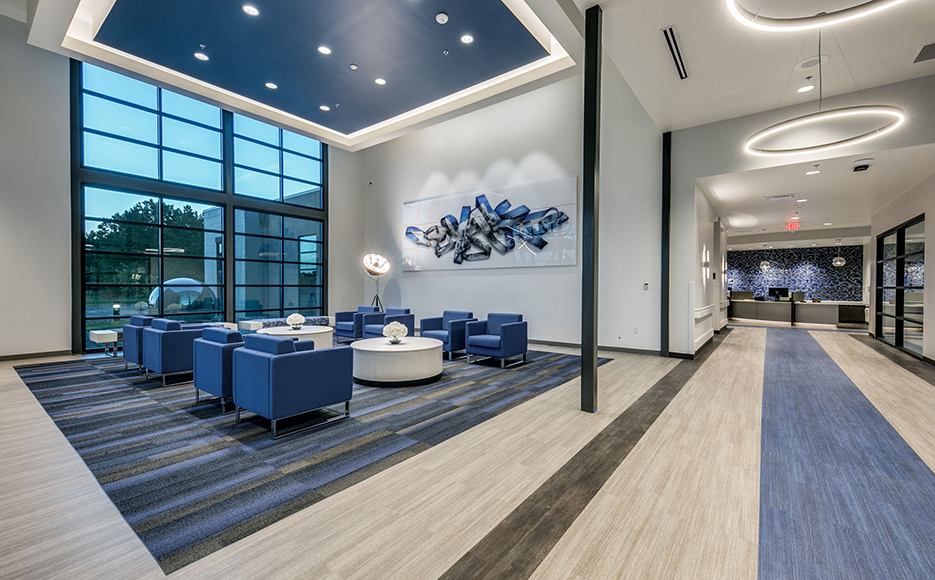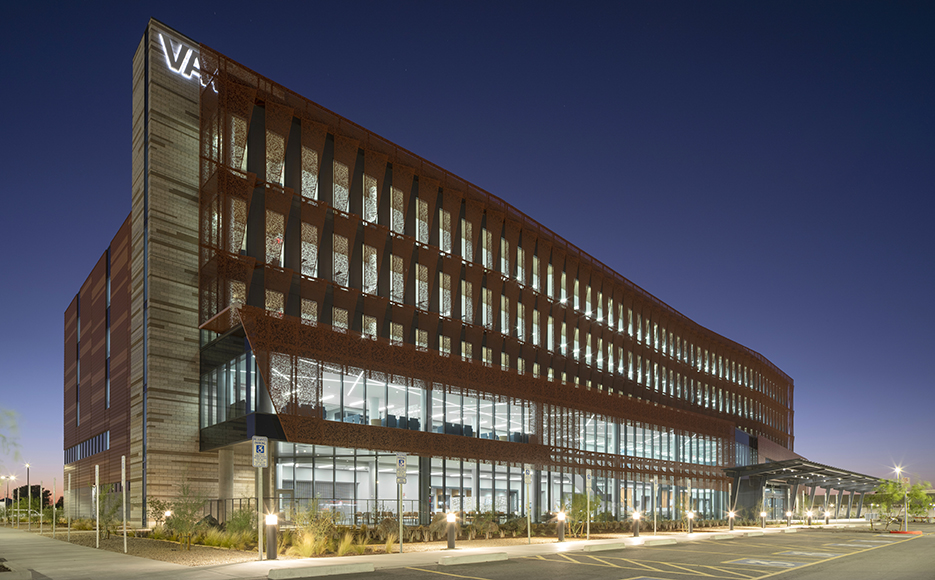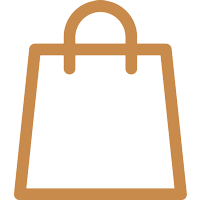Innovation inspiring the future of craftsmanship.
Furniture shaping a better world.
Known for our innovation in solving the challenges others can’t, we craft furniture of the highest quality and aesthetic appeal, bringing value and transforming healthcare, education, and work around the world.
![]()
Explore Our Environments
A healthier approach to healthcare.
From reception and waiting areas to patient rooms and specialized treatment spaces, Krug’s collection of innovative, researched-based furniture solutions set us apart as distinguished leaders in the healthcare space.
Learn more
A smarter approach to the classroom.
Beautiful and versatile, Krug’s selection of education furniture helps create positive classroom environments that encourage collaboration and learning. Because schools need good design too. Learn moreDesign built for leadership.
As one of the largest suppliers of wood office furniture to the Federal Government, we understand how beautiful, quality pieces can help foster community and leadership. From tables to seating, storage and more, we have received a GSA Performance Rating of Outstanding in each of our eight product categories.
Learn moreA workspace that works for you.
Durable, stylish, and made for the way that you work, Krug’s private office casegoods, conference, and meeting room furniture are innovative, modular, and built to last. Learn more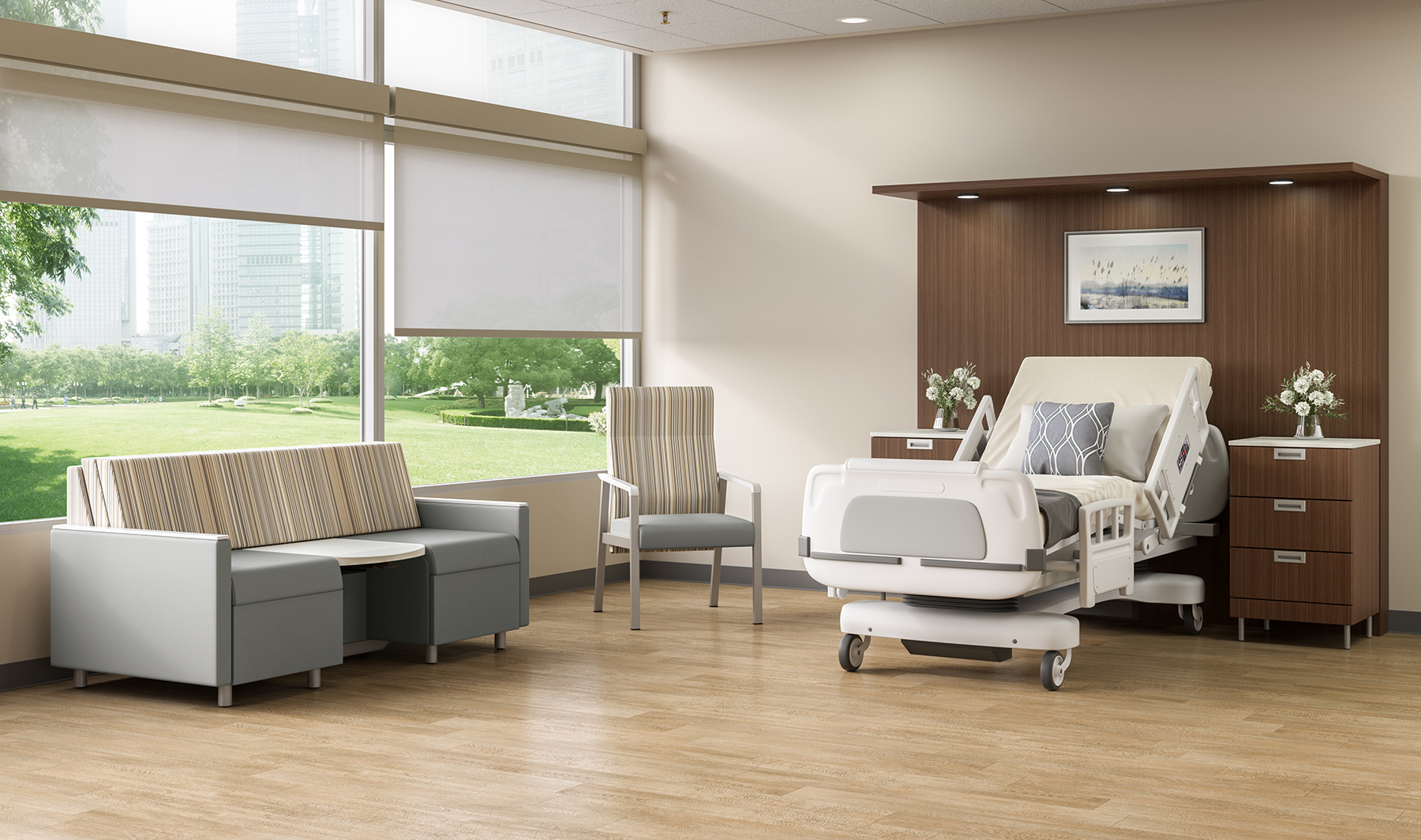
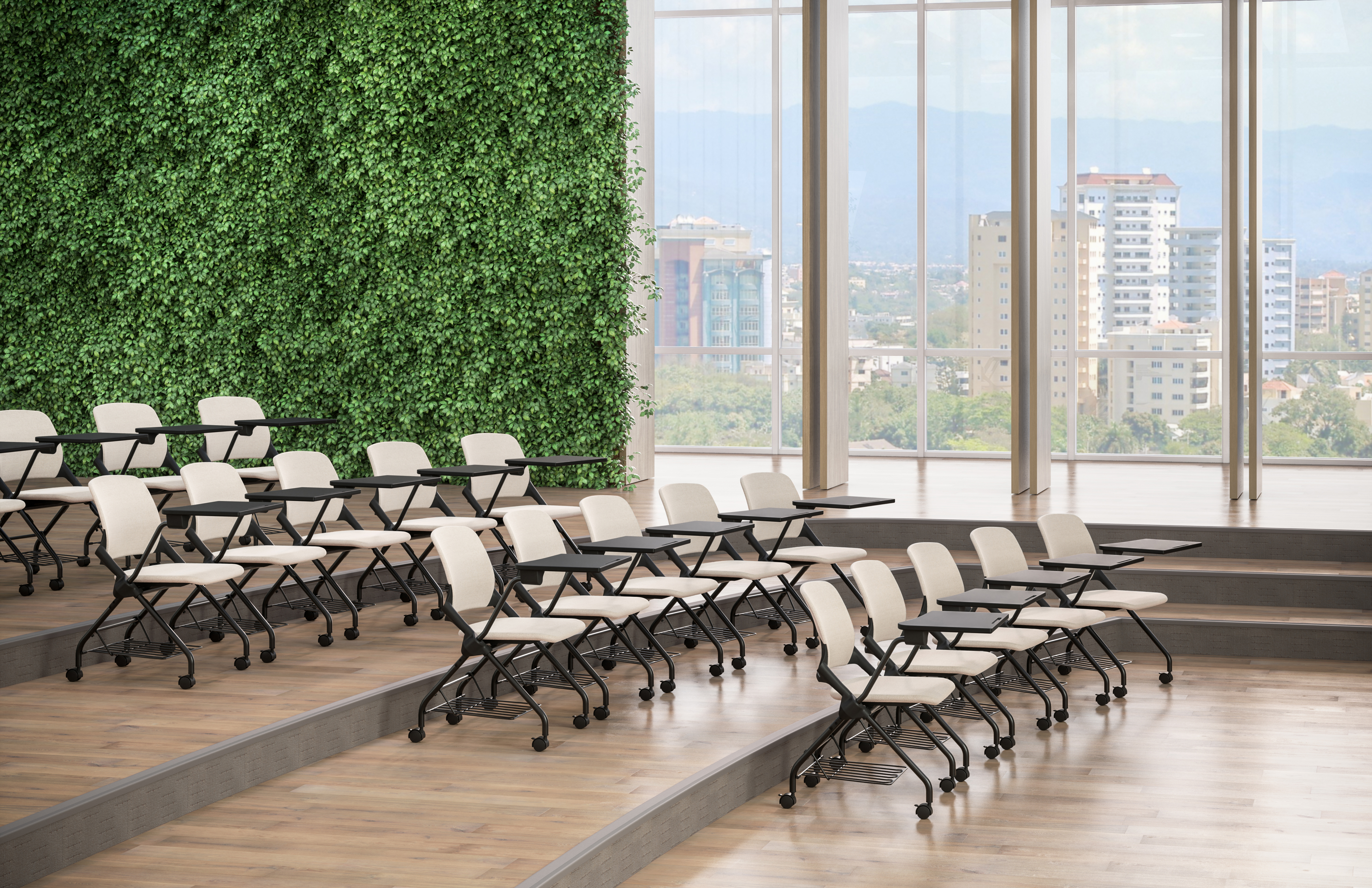
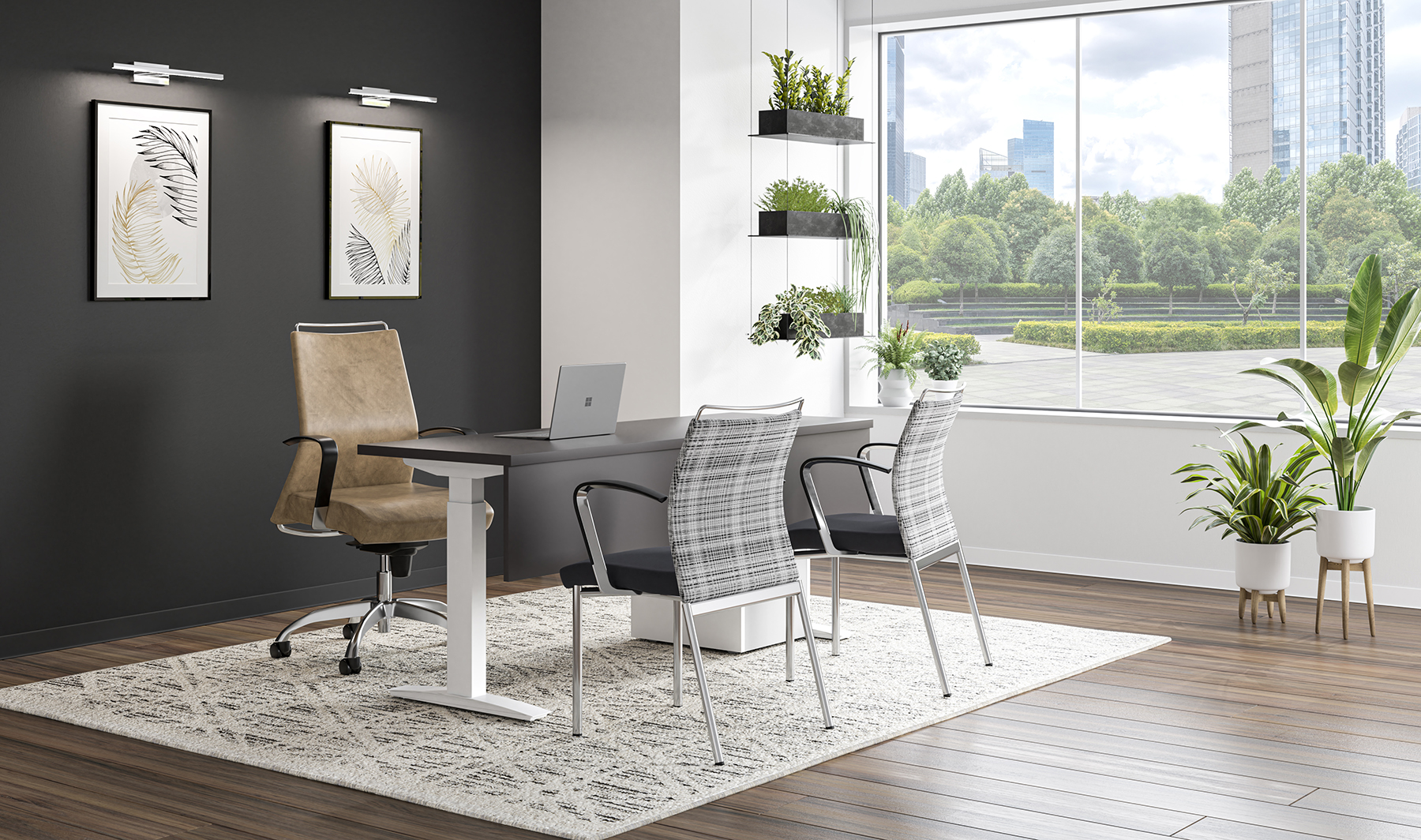
Featured Products
Krug Spotlight
